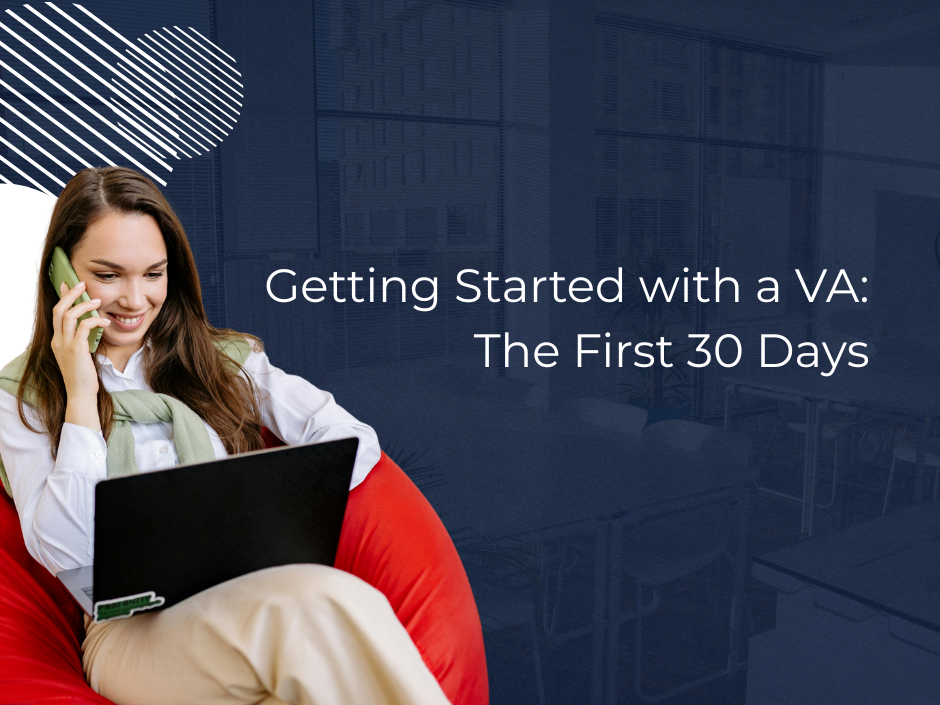- Mollie Staretorp

- Feb 20
- 3 min read
Updated: Jun 25
AI tools have changed what’s possible in operations. Assistants today can draft documents in seconds, summarize meeting notes automatically, and respond to messages faster than ever before — all without compromising on quality.
But the real advantage doesn’t come from the tools alone. It comes from knowing how and when to use them — and where human judgment still matters most.
At EVAWorks, we train every Executive Virtual Assistant (EVA) to work with AI from day one. Here’s what that looks like in practice — and why it matters for the founders we support.
AI Is a Copilot, Not a Replacement
We don’t believe AI replaces thoughtful executive support. What it does is remove the repetitive friction that slows down high-impact work. That means:
Less time drafting emails
Fewer hours formatting slides or pulling notes from meetings
Smarter scheduling, reminders, and follow-ups
Faster research and brief prep
The EVA’s job doesn’t go away. It becomes more strategic: identifying where tools can save time, and where a human touch is still required.
What We Train Our EVAs to Do With AI
Our assistants are trained across a focused stack of market-available AI tools — customized to each client’s workflow. Here's how they apply them:
1. Inbox Drafting & Triage
Using tools like Serif AI or ChatGPT, EVAs can pre-draft thoughtful replies, summarize long threads, and even tag emails for escalation — while still allowing the founder to review or approve as needed.
2. Calendar Intelligence
With smart scheduling tools like Clockwise, EVAs can create better meeting flows and protect deep work time automatically. AI handles the pattern-matching — the EVA interprets what’s most strategic.
3. Meeting Notes & Action Tracking
Integrated tools like Fellow AI or Supernormal enable EVAs to prep agendas, take meeting notes, and capture action items automatically — which they can then route to task systems, CRM, or Slack.
4. Research, Drafting & Admin Automation
From writing proposals or SOPs to generating talking points or formatting reports, EVAs can use AI as a first draft engine — cutting time spent on the blank page, but never cutting corners on accuracy.
Where AI Stops — and EVA Support Continues
We train our EVAs to understand where automation is helpful and where it can go wrong.
That includes:
Editing and finalizing anything that goes out under your name
Catching context AI can’t see — like a client’s tone or a founder’s priorities
Handling sensitive communications with empathy and professionalism
Notifying the client when judgment calls are needed
In short: AI gets the task moving. Your EVA gets it done right.
Why Founders Need Human + Tech Together
Most founders don’t have time to test and implement tools themselves. They also don’t want to manage a growing team of siloed support. Our model bridges that gap.
Your EVA doesn’t just “know tools.” They know how to:
Select the right ones
Set them up correctly
Build workflows around them
Keep them running as your business evolves
And they do it all while managing your calendar, inbox, admin, and execution layer — which is where AI alone still falls short.
The Bottom Line
AI is powerful. But it’s not a solution by itself. Without someone to guide the tools — and layer in business context — it can easily become another shiny object in your stack.
That’s why our EVAs are trained to use AI intentionally — always in service of saving time, increasing clarity, and moving your business forward.
When tech and humans work together, founders get the best of both worlds: efficient operations and intelligent support that doesn’t miss the mark.
Further Reading
5 Tools We Set Up for You in Week 1 to Automate the Repetitive Admin
The Difference Between a VA and an EVA — and Why It Matters
Getting Started with a VA: The First 30 Days
What to Do When You’ve Outgrown a Basic VA


